Company story – Cunard Line
By Kiron Kasbekar | 12 Jan 2024
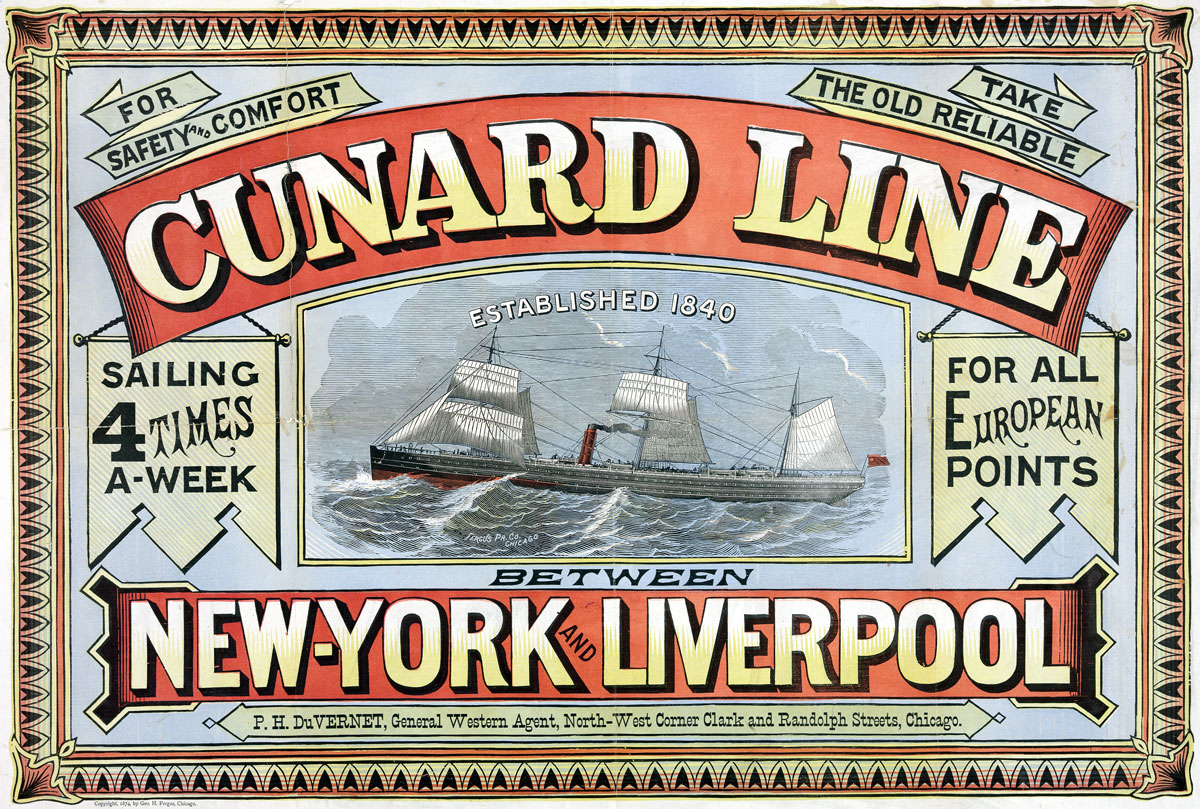
The Cunard Line started its life in Glasgow in 1839 as the British and North American Royal Mail Steam-Packet Company when Samuel Cunard was awarded the first British transatlantic steamship mail contract. He joined hands with ship-owner George Burns and Scottish steamship engine designer and builder Robert Napier, to operate the line's four pioneer paddle steamers between Liverpool in England and Boston in the USA via Halifax in Canada.
The firm held the highly prized Blue Riband award for the fastest Atlantic voyage for most of the next 30 years afterwards. After that, in the 1870s, it started lagging behind rivals White Star Line and Inman Line. In 1879, to cope with the competition, and to raise capital, the firm was reorganized as the Cunard Steamship Company Ltd.
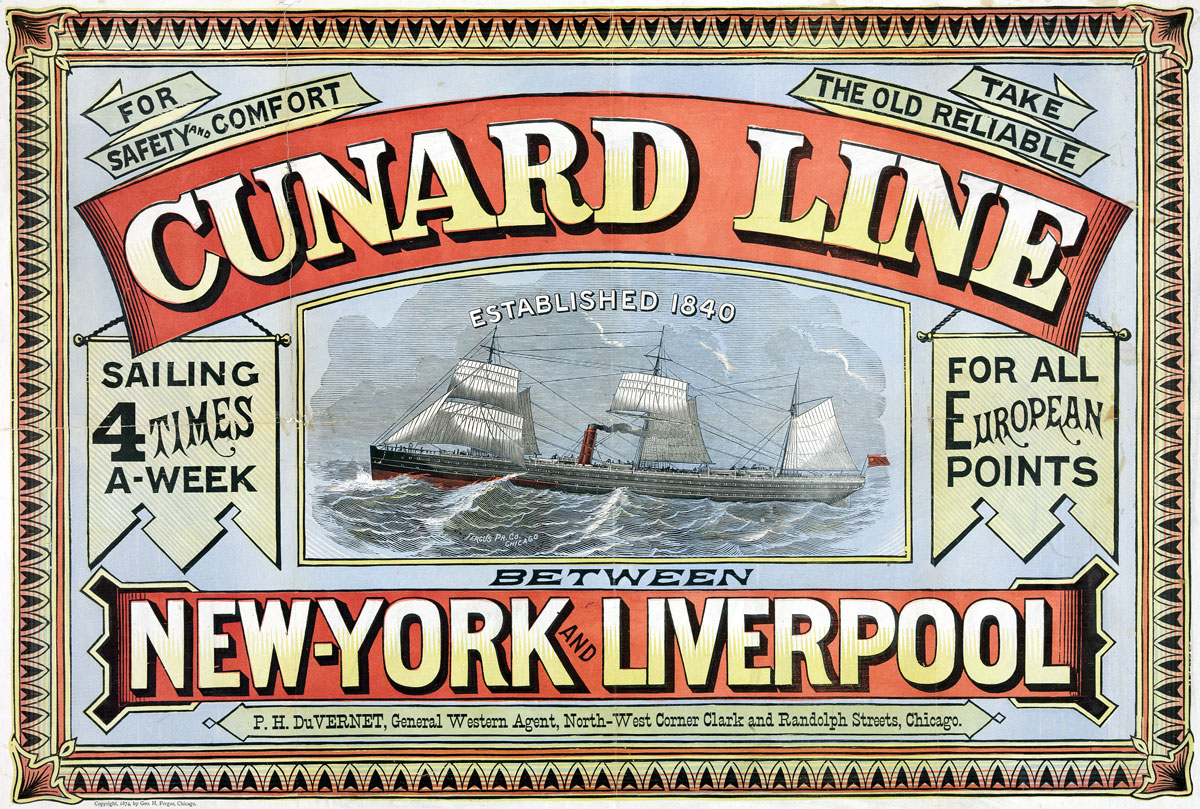
Cunard Line was one of the most renowned names in the world of ocean travel. Established in the 19th century, this British shipping company was at the forefront of transatlantic crossings and luxury cruising around the world.
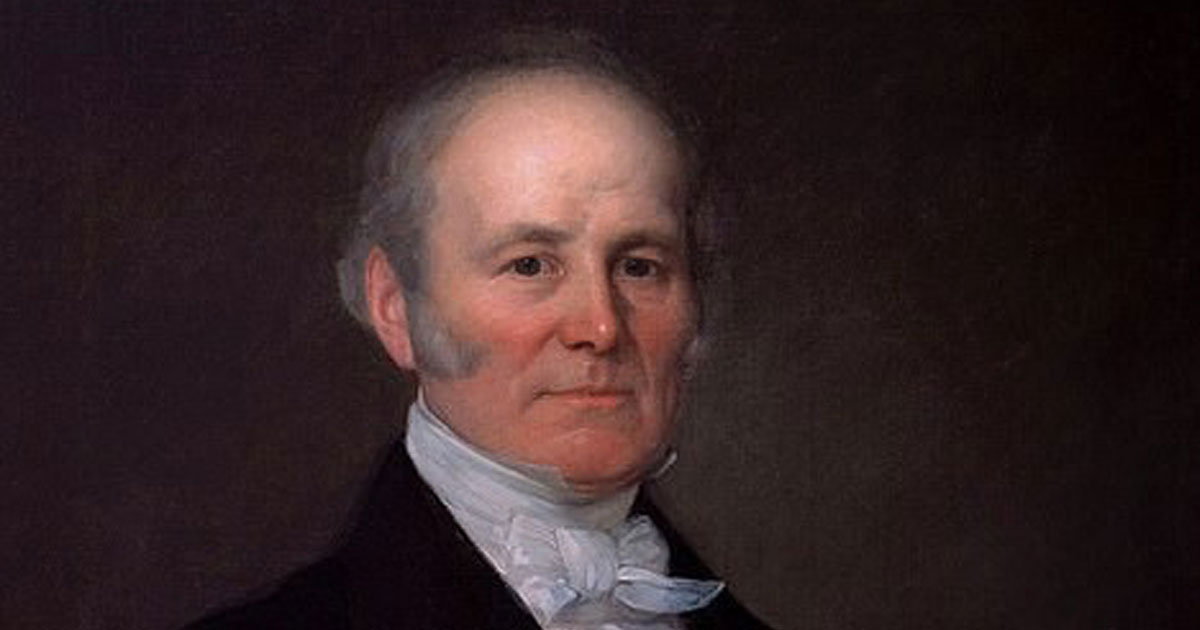
The company traces its origins back to the early 19th century when British entrepreneur Samuel Cunard sought to establish a reliable and efficient transatlantic mail service between Britain and North America. In 1839 he secured a contract from the British Admiralty to provide regular mail service across the Atlantic Ocean. This marked the birth of Cunard Line, which officially began operations in 1840 with its inaugural voyage from Liverpool in England to Halifax and Nova Scotia in Canada, and then finally to Boston in the USA.
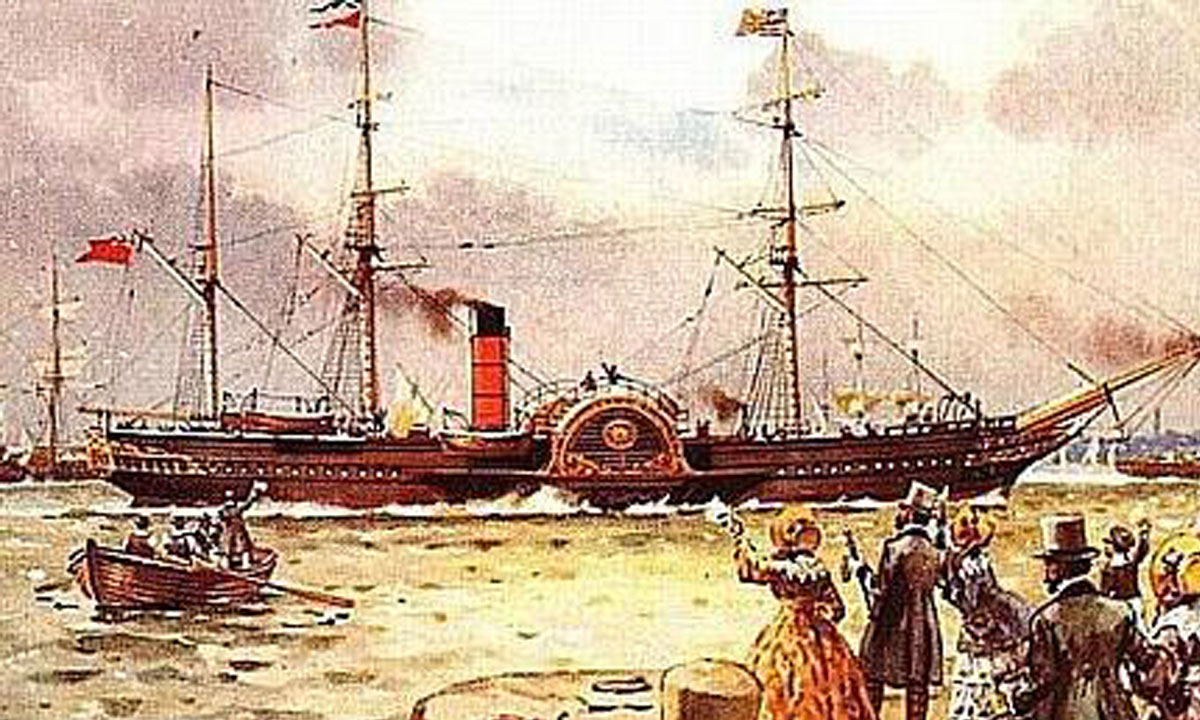
In the early years the company used paddle-wheel steamships, such as the RMS Britannia, which, in 1840, became the first Cunard ship to cross the Atlantic Ocean. These vessels represented a big leap forward in maritime technology, offering passengers a faster and more comfortable means of travel compared to the older sailing ships.
Competition, expansion, innovation
Cunard’s vision and its commitment to punctuality and reliability quickly gained the company a reputation for excellence. However, it faced stiff competition from other shipping lines, particularly the American Collins Line. The rivalry between Cunard and Collins Line was characterized by a series of high-stakes races to determine which company could achieve the fastest transatlantic crossings.
One of the most famous moments in Cunard’s early history came in 1851 when the RMS Arabia won the Blue Riband, a prestigious award for the fastest Atlantic crossing, with a time of just under nine days. This achievement solidified Cunard’s reputation as a leader in transatlantic travel and set the stage for further expansion.
In the latter half of the 19th century, Cunard transitioned from paddle-wheel steamers to screw-propelled vessels, which offered improved greater efficiency and stability. Then it introduced steel hulls, which enhanced safety and durability.
One of Cunard’s most notable innovations was the development in 1874 of the first dual-purpose steamship, the RMS Britannic. This vessel could serve both as a mail steamer and as a luxury liner; it marked the beginning of Cunard’s involvement in the passenger-carrying business.
The turn of the 20th century marked the golden age of ocean liners, and Cunard was at the forefront. In 1907, it launched the RMS Lusitania and the RMS Mauretania, both celebrated for their speed and luxury. They became legendary ships, with the Mauretania holding the Blue Riband for over two decades.

Tragedy struck during World War I when the Lusitania was torpedoed and sunk by a German submarine in 1915, with a significant loss of life. Despite this tragedy, Cunard continued to thrive in the post-war years.
The Queen Mary and Queen Elizabeth
In the 1930s Cunard introduced its most iconic ships, the RMS Queen Mary and the RMS Queen Elizabeth. These massive ocean liners represented the pinnacle of luxury and elegance. They boasted opulent interiors, world-class cuisine, and lavish entertainment, and attracted the elite of society.
During World War II, both the Queen Mary and Queen Elizabeth were requisitioned for military service, serving as troopships. Their speed allowed them to outrun German submarines, earning them the nickname ‘The Grey Ghosts’.
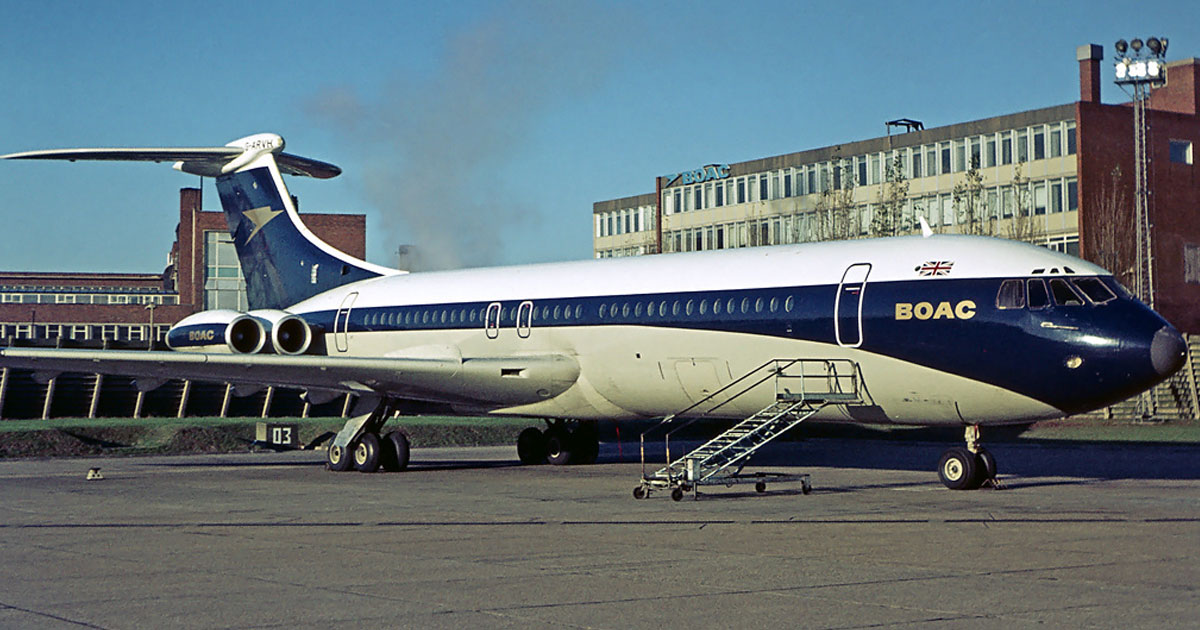
After the war, Cunard faced new challenges. Air travel began to compete with transatlantic voyages. And there was no way in which ships could compete with aircraft. So, in response, Cunard shifted from ocean liners to cruise ships, offering passengers leisurely voyages to exotic destinations.
The company continued to innovate, introducing the iconic Queen Elizabeth 2 (QE2) in 1969. The QE2 combined the elegance of traditional ocean liners with modern amenities, maintaining Cunard’s commitment to luxury and excellence.
Sold out
But it was a desperate struggle to survive. In 1998, Cunard was acquired by the Carnival Corporation, and accounted for 8.7 per cent of that company's revenue in 2012. Carnival Corporation is a British-American cruise operator with revenues of over $12 billion in 2022.
In 2004, Cunard introduced the RMS Queen Mary 2 (QM2), a modern ocean liner that became the flagship of Cunard Line.
Today, Cunard Line, a part of the Carnival Corporation, continues to operate as a symbol of maritime luxury and tradition. Its fleet includes the Queen Mary 2, Queen Elizabeth, and Queen Victoria, offering passengers a unique blend of classic elegance and contemporary amenities.
So it’s like they say in England, ‘the Queen is dead, long live the Queen’!



















